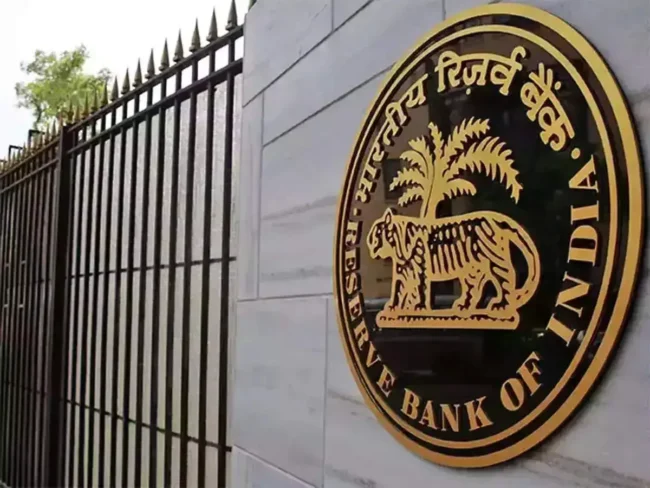In a significant move, the Reserve Bank of India (RBI) is advancing with its plans to introduce a central bank digital currency (CBDC). According to an unnamed official, the RBI aims to utilize CBDCs within the interbank borrowing market, specifically the call money market.
The central bank envisions CBDCs serving as specialized tokens for facilitating transactions within the call money market. This innovation reflects RBI’s commitment to modernize India’s financial landscape.
Currently, India’s CBDC is undergoing a pilot phase, encompassing both retail and wholesale segments. This means they are testing CBDC in everyday transactions as well as in larger financial dealings.
The RBI has set an ambitious goal of achieving one million CBDC transactions per day by the close of 2023. This target underscores the RBI’s dedication to fostering digital currency adoption and transforming the nation’s payment ecosystem.
Transitioning to a CBDC-driven call money market signifies a substantial shift in India’s financial infrastructure. By digitizing the lending and borrowing processes between banks, the RBI aims to enhance efficiency, security, and transparency in the financial sector.
Modernizing India’s Financial Landscape with CBDC Implementation
The news of the RBI’s CBDC implementation plans has sparked interest and excitement among financial experts and observers. The adoption of digital currency within India’s banking system is seen as a forward-looking step that could potentially reshape the country’s monetary landscape.
As the pilot phase progresses, more insights will emerge regarding the practicality and acceptance of CBDCs in real-world financial scenarios.
The RBI’s careful and strategic approach to CBDC adoption aligns with global trends in central banks exploring digital currencies.
